Have you ever caught your furry friend, a known carnivore, taking a keen interest in your houseplants or the garden's green grass?
This behavior is not entirely a mystery, as wild cats often eat the intestines of their herbivorous prey first, thereby getting a bit green.
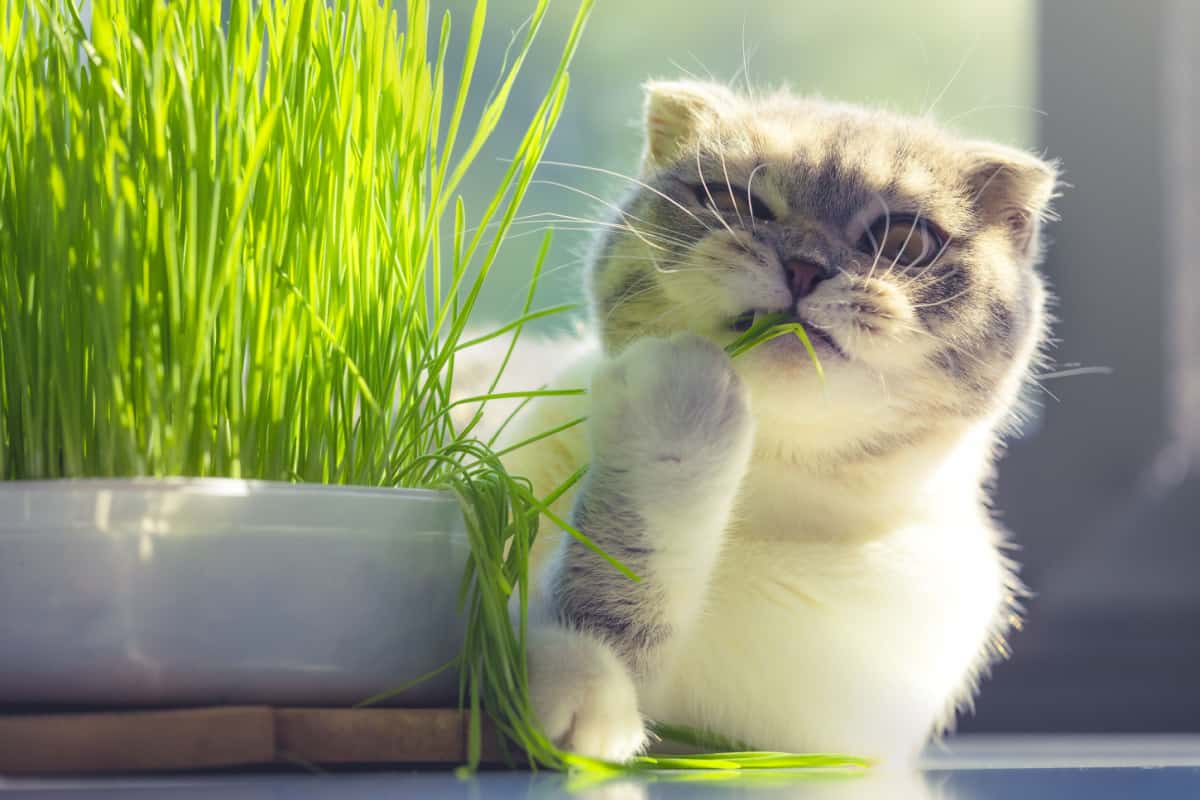
This behavior of our domestic cats points to their need for a little greenery in their lives. So, why not give them what they crave right at home?
This guide will shed light on cat grass, a term referring to various safe and beneficial types of grass for cats.
Also, we'll walk you through the process of creating a small, safe, and green garden that will have your cat purring with joy.
Why Do Cats Eat Grass?
No one is exactly sure why these usually carnivorous creatures eat grass, but there are several theories.
The Nutritional Need Theory
One prevailing theory about why cats eat grass centers around the idea of nutritional needs.
Some researchers believe cats may be drawn to the enzymes or nutrients found in green plants.
This theory suggests that despite their carnivorous nature, cats might need certain plant-based nutrients that they can't get from meat alone.
These could include certain vitamins or fiber, which aids in digestion.
The Natural Stomach Cleanser Hypothesis
Another theory proposes that cats eat grass as a natural stomach cleanser.
The fibrous material in the grass could help improve the cat's digestion process, functioning like a natural brush that sweeps through its digestive tract.
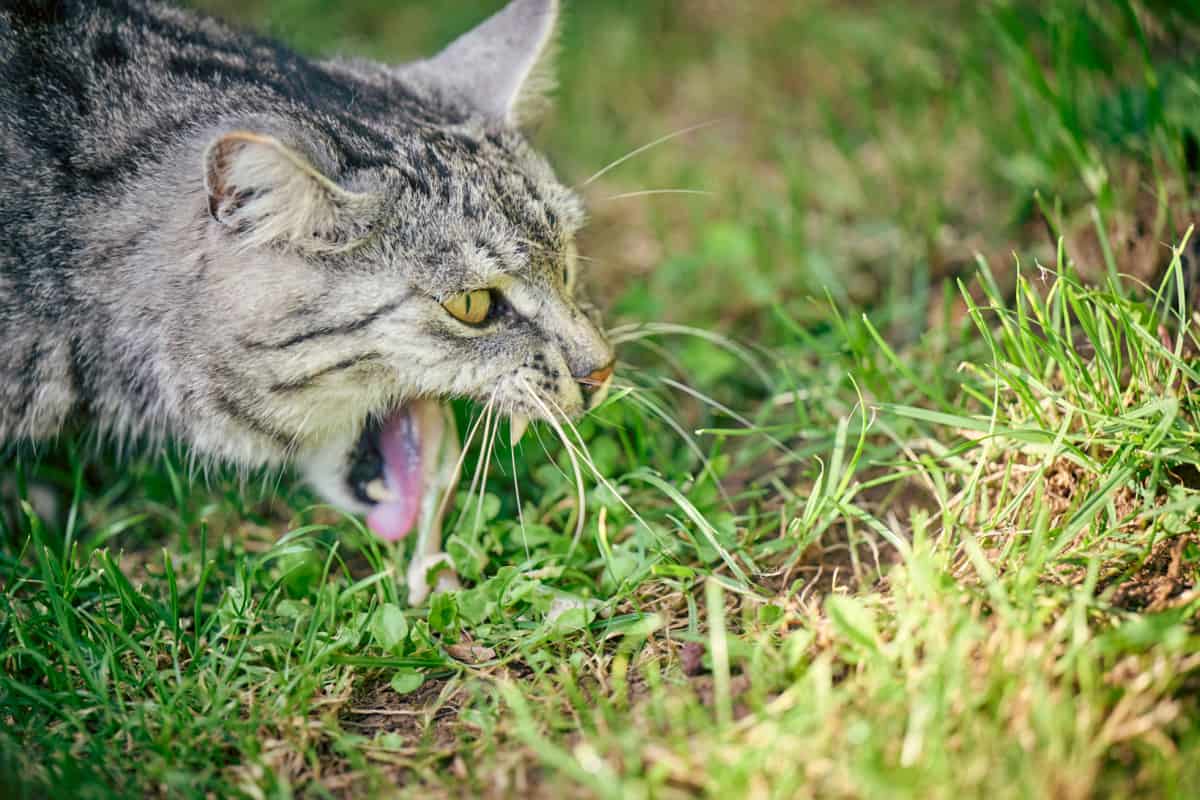
This helps promote the passage of hairballs, either through stools or by inducing vomiting.
Hairballs can be problematic for cats, and the regular ingestion of grass might be a natural method of preventing or dealing with these issues.
The Taste and Texture Theory
The final theory suggests that some cats might just enjoy the taste and texture of grass.
The crispy, crunchy texture of green leaves and stems could provide sensory stimulation for cats, similar to how some humans enjoy crunchy snacks.
This theory suggests that the act of eating grass might not be nutritionally driven but more about the sensory experience and enjoyment derived from it.
Safety First - Avoid Poisoning!
It's a well-known fact that cats, whether they are indoor or outdoor pets, have a fondness for munching on a bit of greenery.
But it's important to remember that not all plants are safe for our feline friends.
Here are some crucial considerations to help ensure your cat's safety while they enjoy their green treats.
Outdoor Cats and Garden Safety
Outdoor cats consume grass more frequently due to increased exposure to natural environments.
If you're a cat owner with an outdoor space, it's crucial to consider the products you use on your lawn.
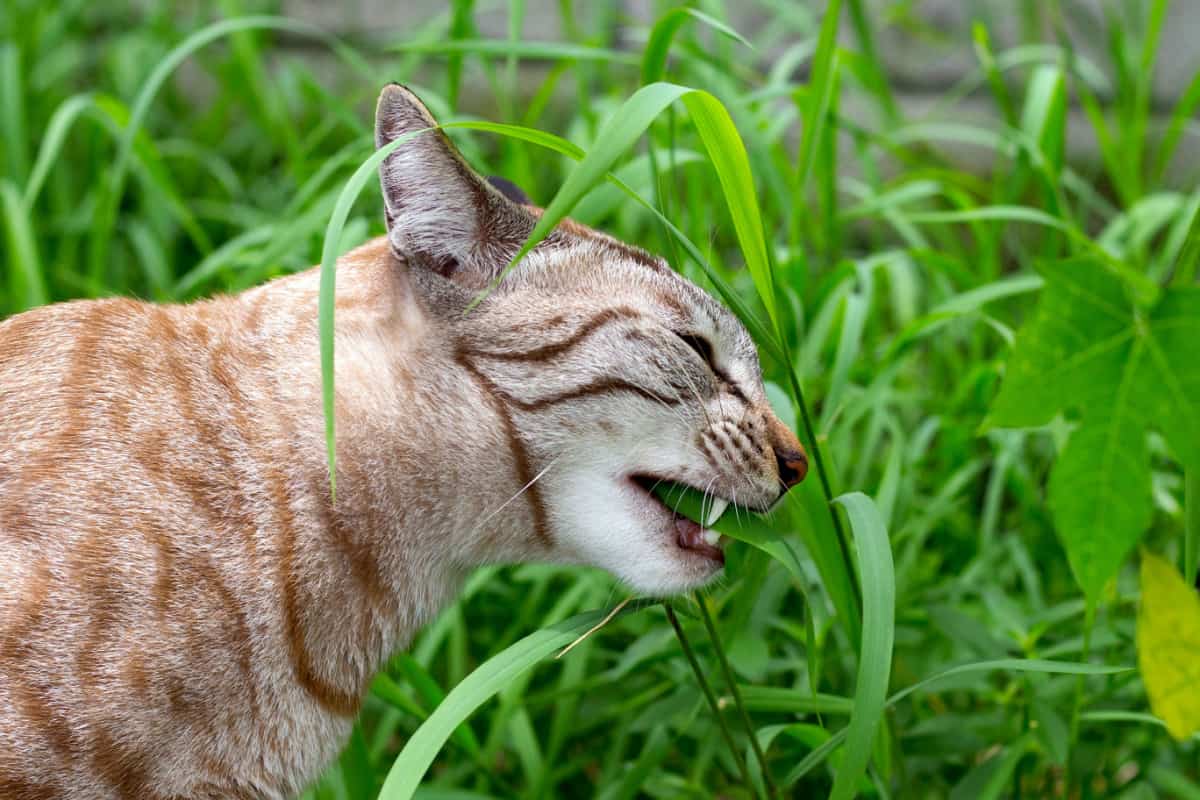
Fertilizers, weed killers, and pest control products can be extremely toxic to cats. Ensure that any product you use in your garden is pet-safe to prevent accidental poisoning.
Indoor Cats and Houseplant Hazards
Not only outdoor cats have a taste for greenery. Indoor cats also often snack on available houseplants.
However, many common houseplants can be toxic to cats. If you have indoor cats, it's essential to screen the plants in your home carefully.
Avoid keeping plants that pose a potential risk to your feline friends.
The Danger of Lilies for Cats
Among the various types of plants, lilies are particularly dangerous for cats. Ingestion can lead to severe health issues or even be fatal.
Always ensure you do not have lilies in your garden or as houseplants if you own cats.
Offering Safe Alternatives for Your Cat
To keep your cat safe and still satisfy their green cravings, offer them a suitable, non-toxic alternative to munch on.
Cat grass, which includes various safe and beneficial grasses for cats, can be a great option.
Grow some in a pot for your indoor cat, or cultivate a patch in your garden for your outdoor cat. This way, you can ensure your cat can safely enjoy their greenery without the risk of poisoning.
SIGN UP FOR THECATSITE'S EMAIL UPDATES >
How to Safely Provide Grass for Your Cat
The safest and most effective way to satisfy the cats' craving for green in their diet is to provide a pot of fresh, homemade cat grass.
Not only is cat grass readily available from seed companies and pet supply catalogs, but you can also find it pre-grown and potted at numerous pet stores.
Variety is the Spice of Life: Choosing Cat Grass Types
For those looking to offer a bit of variety, there are several types of grass safe for cats to consume.
These include oats, wheat, Japanese barnyard millet, bluegrass, fescue, rye, ryegrass, and even alfalfa sprouts.
Each of these offers a unique texture and taste, giving your cat an assortment of greens to "graze" on.
Creating a Cat Salad Bar: A Step-by-Step Guide
Creating a personal salad bar for your cat is a simple process. Just follow these steps:
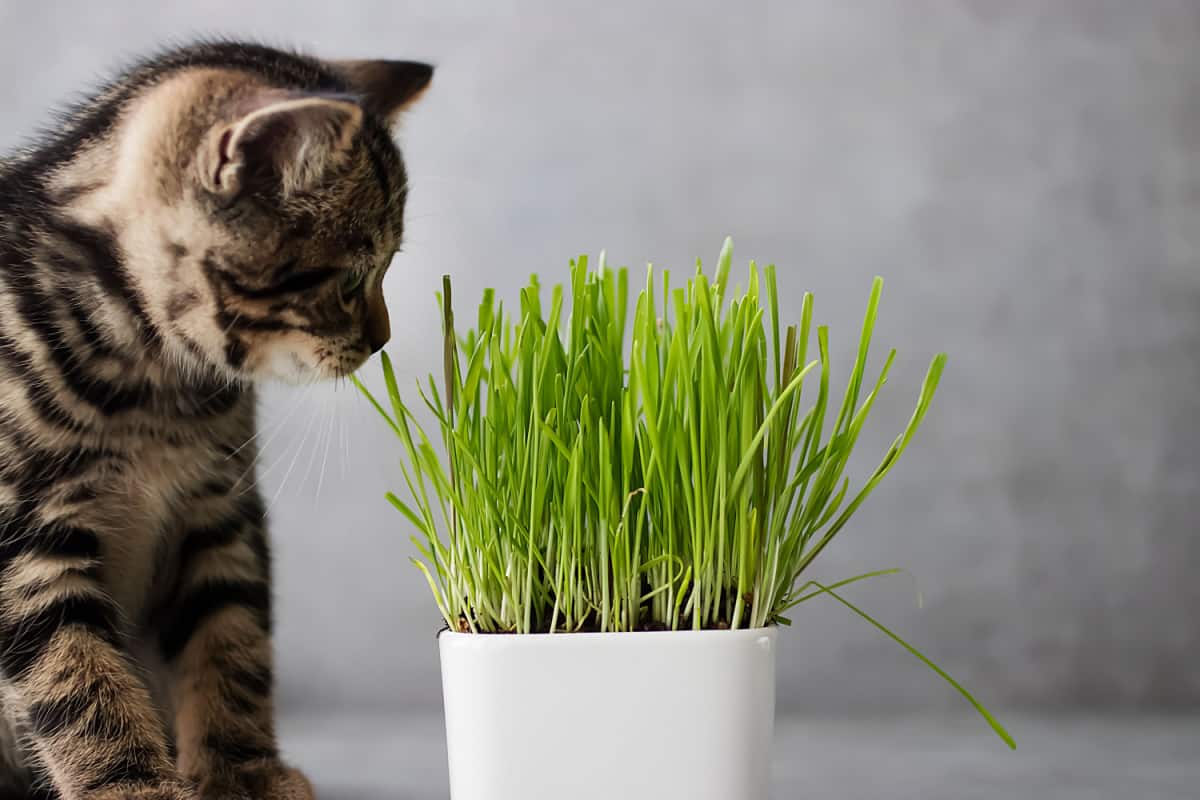
1. Prepare Your Pot or Planter
Start with a pot or planter and add a 2-inch thick layer of potting soil to the bottom.
2. Moisten the Soil
Add enough water to the pot to moisten the soil.
3. Add the Seeds
Completely cover the moist soil with a thin layer of your chosen cat grass seeds.
4. Cover the Seeds
Lightly blanket the seeds with a bit more soil.
5. Create a Greenhouse Effect
Loosely cover the pot with plastic wrap. This will create a greenhouse effect, helping the seeds to sprout.
6. Wait for Sprouts
After about three to four days, the seeds will begin to sprout. At this point, you can remove the plastic wrap.
7. Maintain the Grass
As the grass grows, ensure the soil remains moist (but not soggy) by watering as needed and misting daily with a spray bottle. Trim the grass as desired.
8. Serve the Salad Bar
Once the grass reaches about 2 inches in height, it's ready for your cat to enjoy.
Handling Cat Grass-Induced Vomiting: Important Considerations
While cat grass is generally safe, it can induce vomiting in some cats. If your cat is prone to this, avoid offering grass shortly after a meal.
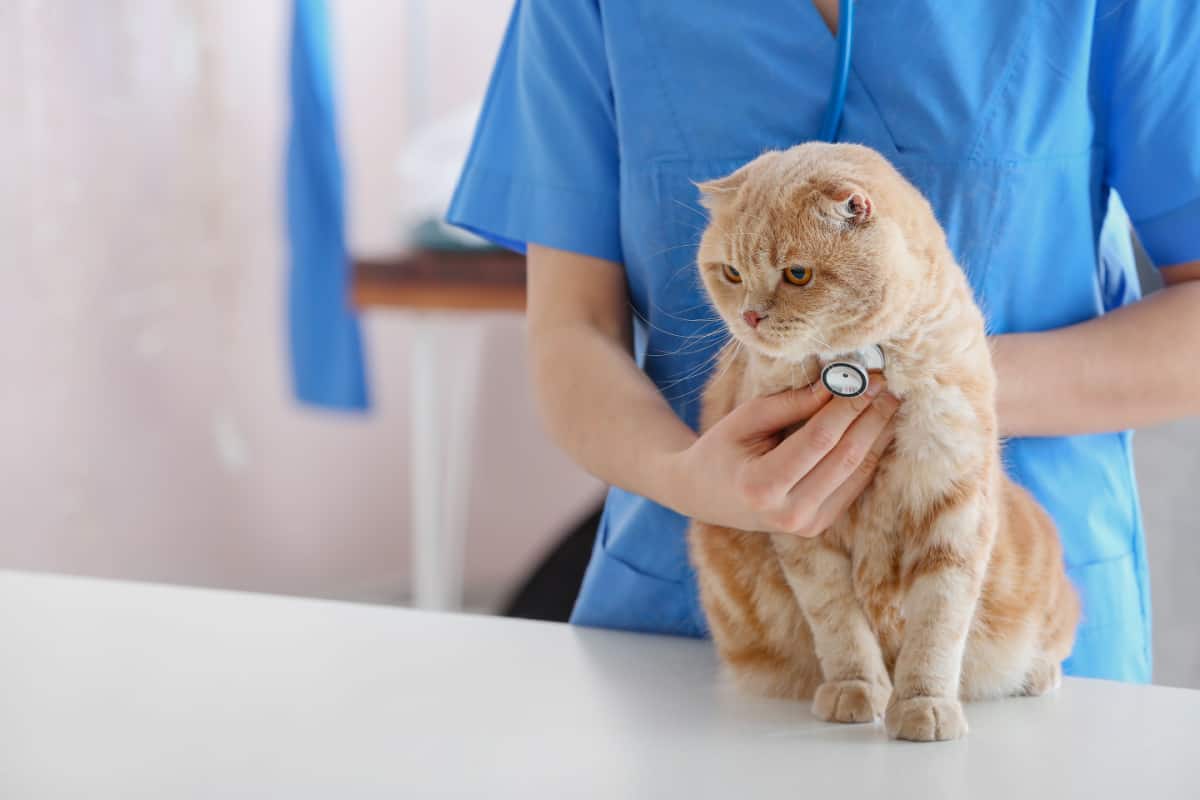
If your cat continues to vomit after consuming grass, it's essential to consult your veterinarian before providing any more.
Safely Meeting Your Cat's Green Cravings
Cats' grass-eating behavior is both fascinating and beneficial, offering potential nutritional and digestive benefits. But it's essential to ensure the greens they consume are safe.
Providing cat grass, a non-toxic alternative, allows cats to enjoy their green fix without the risk of poisoning. As always, monitor their reactions and consult with a vet if necessary.
Ultimately, understanding and meeting their unique needs helps ensure a happier and healthier life for our feline friends.
Comments? Leave them using the form below. Questions? Please use the cat forums for those!
Share this article with others, especially cat enthusiasts, to inform them about these facts. You can pin the image below on your social media accounts, particularly on Pinterest.
SIGN UP FOR THECATSITE'S EMAIL UPDATES >
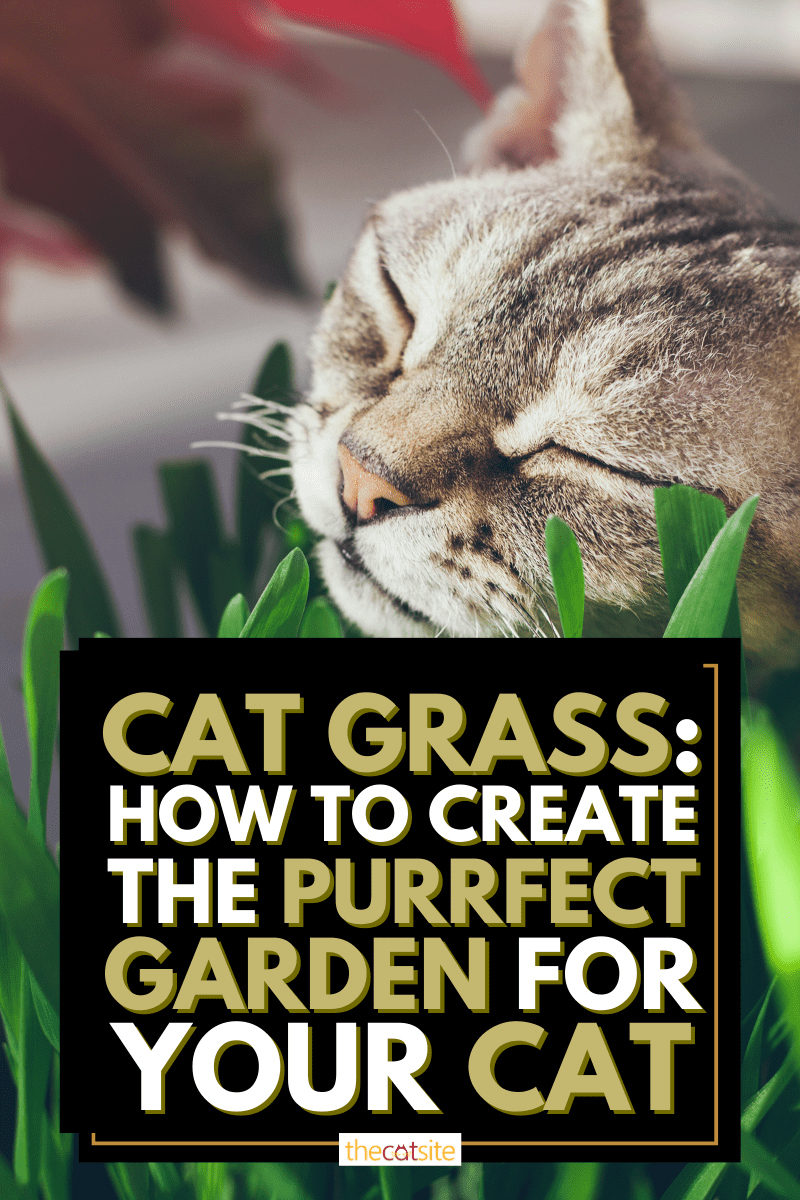
For more articles to read, check out below.
9 Grass Growing Kits That Will Make Your Cat Happy
Note: We may get commissions for purchases made through links on this page.


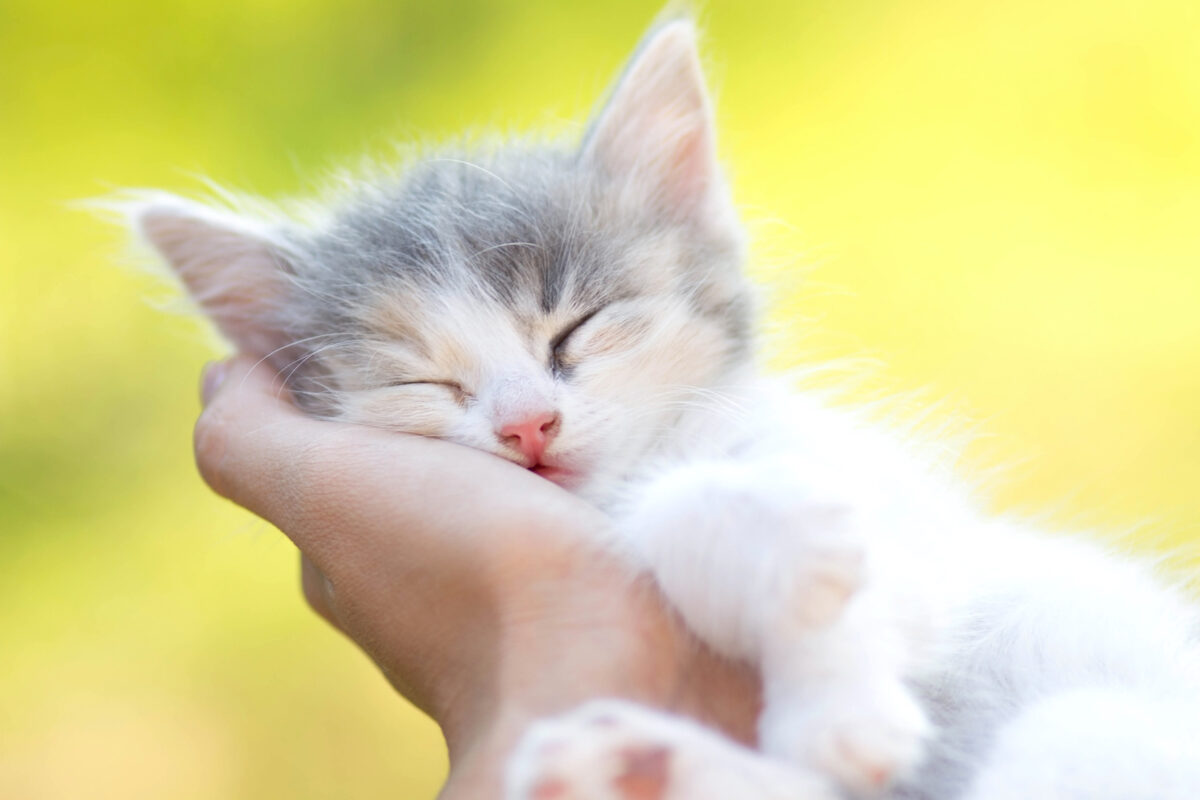
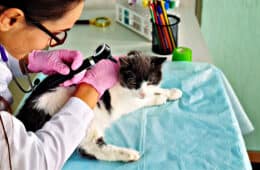
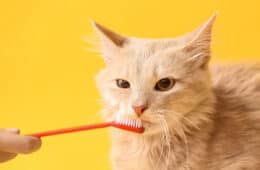
7 comments on “Cat Grass – How To Create The Purrfect Garden For Your Cat”